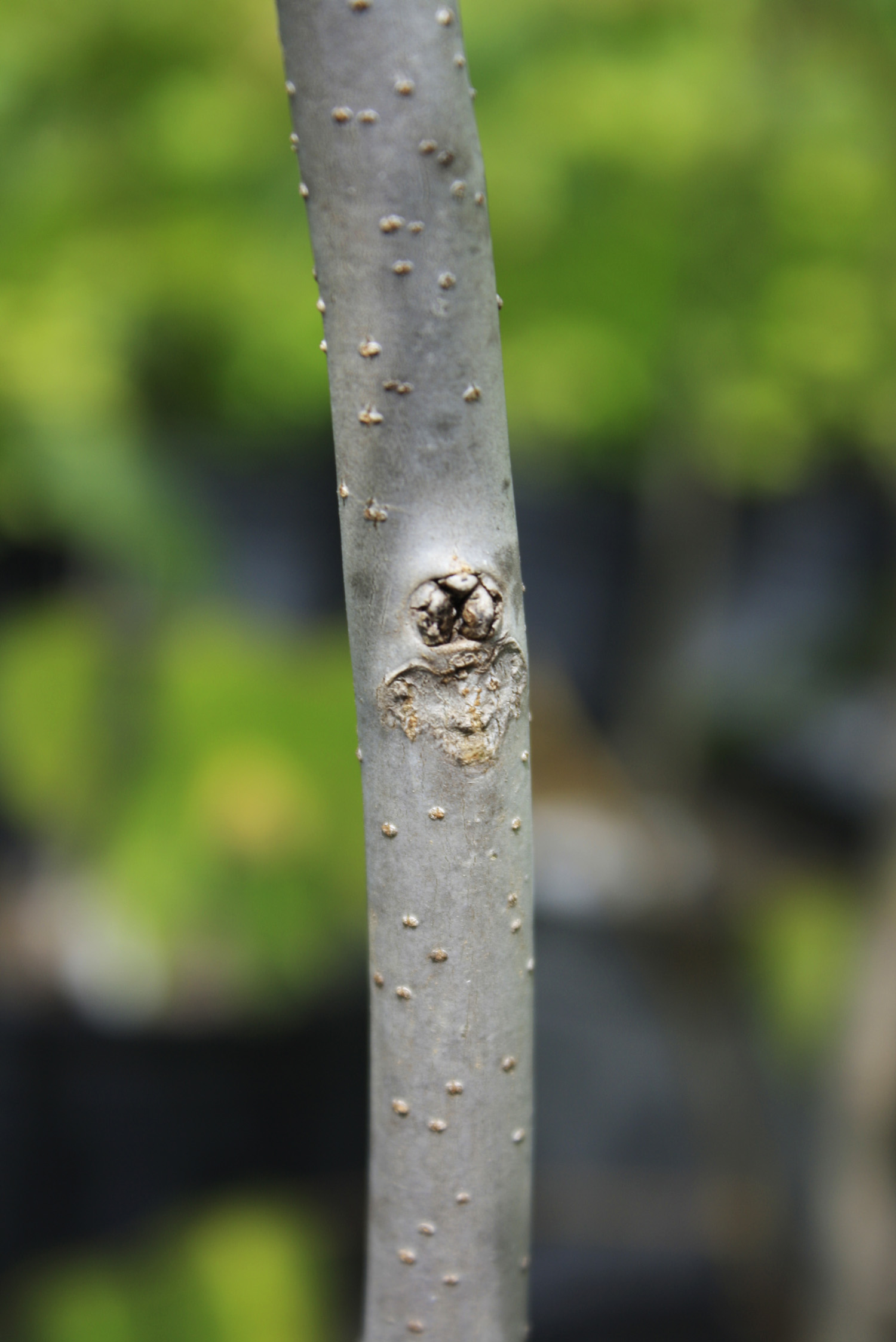
Black Walnut bark — Ontario Native Plant Nursery Container Grown
Line large cookie sheet with waxed paper. Spread walnuts out in a single layer, close together, on the waxed paper; set aside. Place dark chocolate in a 1½-quart microwave-safe bowl. Microwave on medium (50%) 2 minutes; stir. Microwave on medium 30 seconds to 1 minute longer, or until chocolate can be stirred smooth and is glossy, stirring twice.
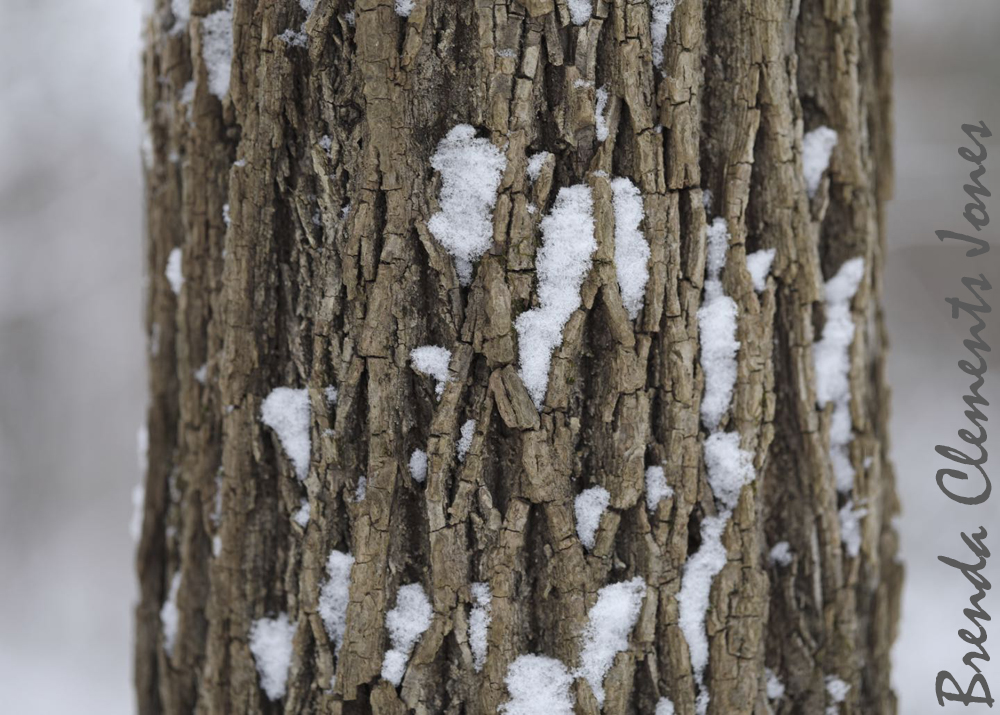
Black Walnut Bark Tendrils
The bark of black walnut trees can vary from dark brown to gray while butternuts have white-gray colored bark. This is a good way to identify walnut trees in the winter when they're not producing walnuts and their leaves have dropped. Advertisement 3. Check the area around the tree for dying or yellowing plants..
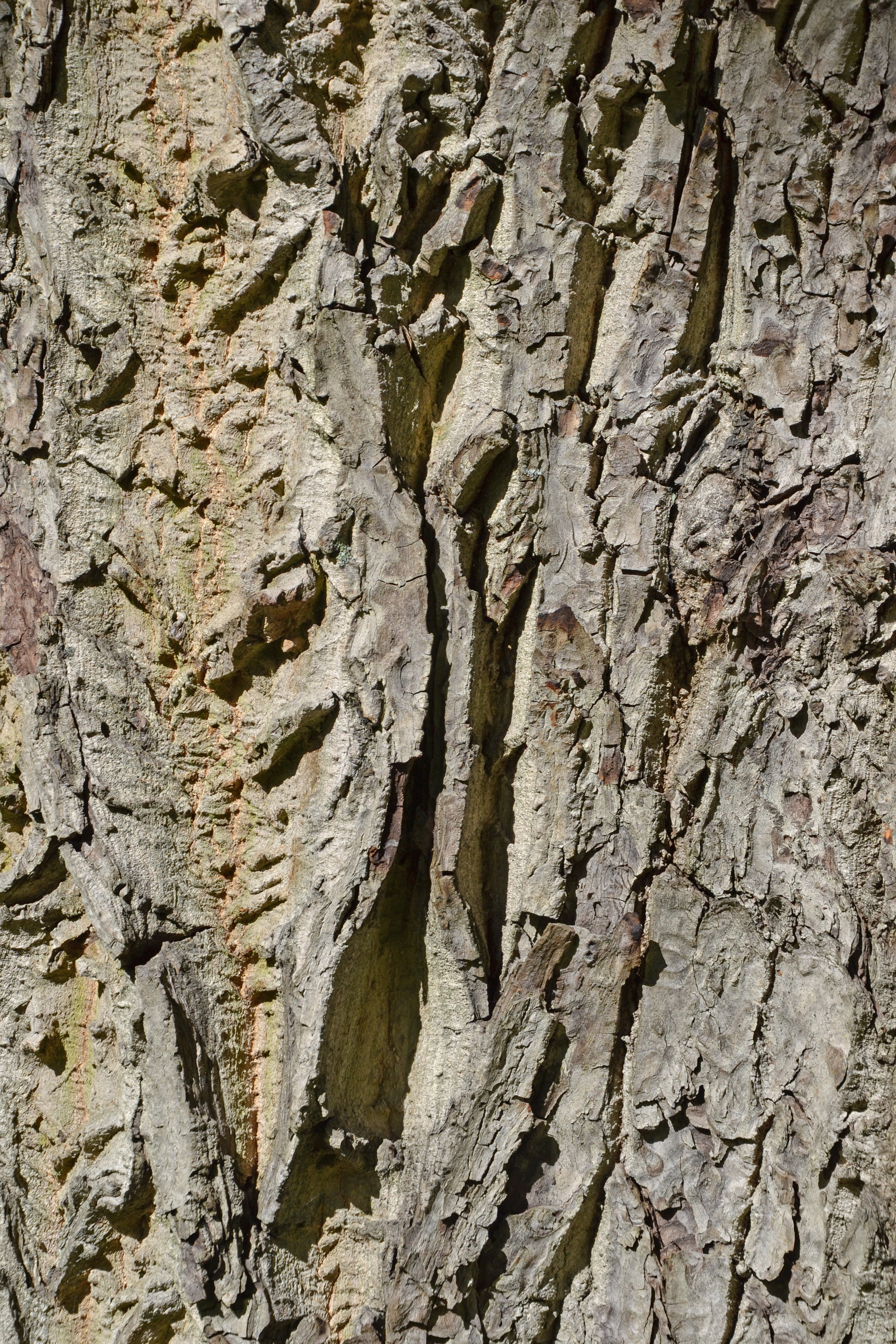
Free photo Bark of english walnut Bark, Cork, Cracked Free
The black walnut has sharply ridged gray-black bark that forms diamond shapes, and the trunks may be quite long before reaching the first branches. The tree crowns are usually dense and rounded. The leaves are huge, up to 24 inches long consisting of 1 to 23 lance-shaped leaflets. Autumn color is a fairly bland yellow.

Tracking Jill Harvesting Black Walnuts
Coarsely break or rough chop walnuts and place in a small bowl, leaving aside any skins that have broken off. Set pomegranate arils out beside the walnuts. Line a baking sheet with parchment paper. Melt chocolate. Place about 2/3 of the dark or milk chocolate chips in a medium glass bowl with 1 teaspoon vegetable oil.

Closeup Of Black Walnut Bark Royalty Free Stock Photography Image
Juglans nigra, the eastern American black walnut, is a species of deciduous tree in the walnut family, Juglandaceae, native to North America.It grows mostly in riparian zones, from southern Ontario, west to southeast South Dakota, south to Georgia, northern Florida and southwest to central Texas.Wild trees in the upper Ottawa Valley may be an isolated native population or may have derived from.

Background of Bark of Common Walnut Stock Image Image of alive, peel
In a black walnut, the bark is furrowed and dark in color (it is lighter in butternut). The leaf scars along twigs look like an upside-down shamrock with five or seven bundle scars.
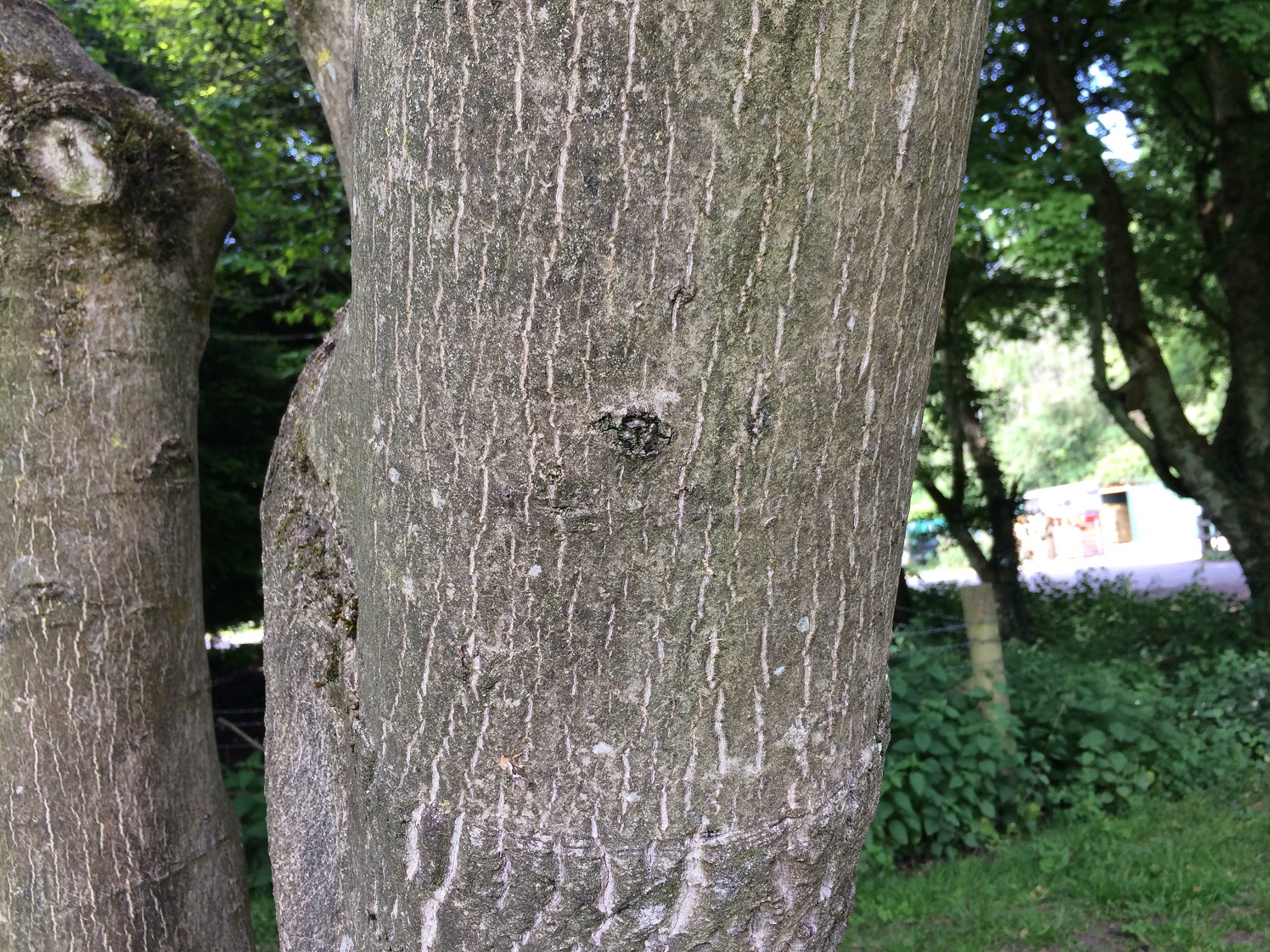
Walnut
The walnut species can be distinguished by their bark. The touch of butternut (white walnut) bark is silky and smooth. The black and English walnut bark have deep vertical grooves and are a darker hue. Walnut Tree Leaves. In the fall, all walnut trees have feather-like pinnate leaves that turn yellow or brown.
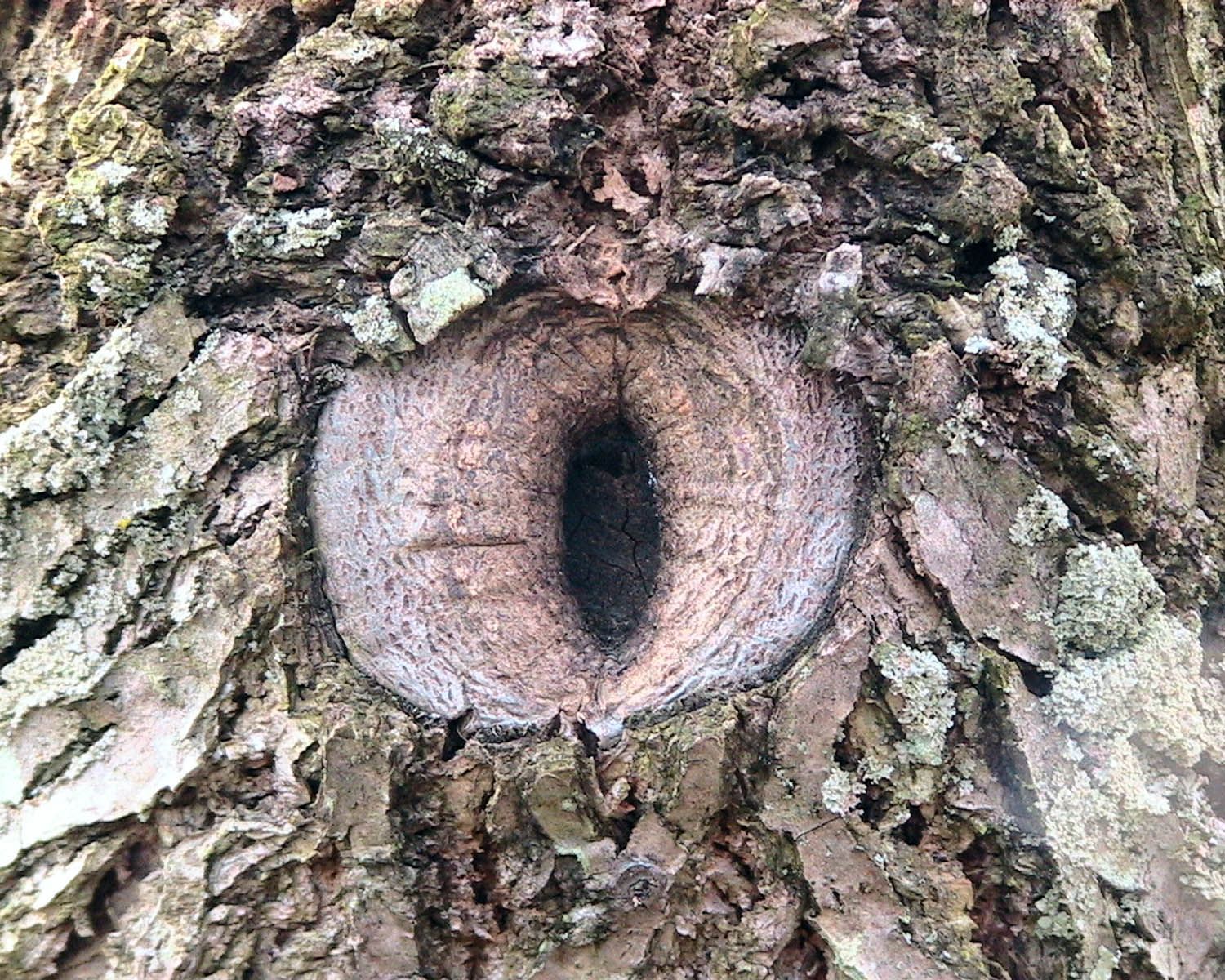
Free picture knot, young, walnut, tree
Black Walnut (Juglans nigra) As the name suggests, the black walnut has a deep, fissured bark that is darker than the other types. It also sports diamond-shaped ridges. It grows in moderately cool to subtropical climates at around 75-130ft. It has the same spread length. It is also called the American walnut and can live for up to 130 years.

Black Walnut
Break the caramelized walnuts into small pieces or cut with a sharp knife. Melt the chocolate over bain-marie. Place the chopped chocolate into a heat proof bowl that sits over a pan of simmering water. Stir often. Add in the caramelized walnuts and stir until all the walnuts are covered with chocolate.
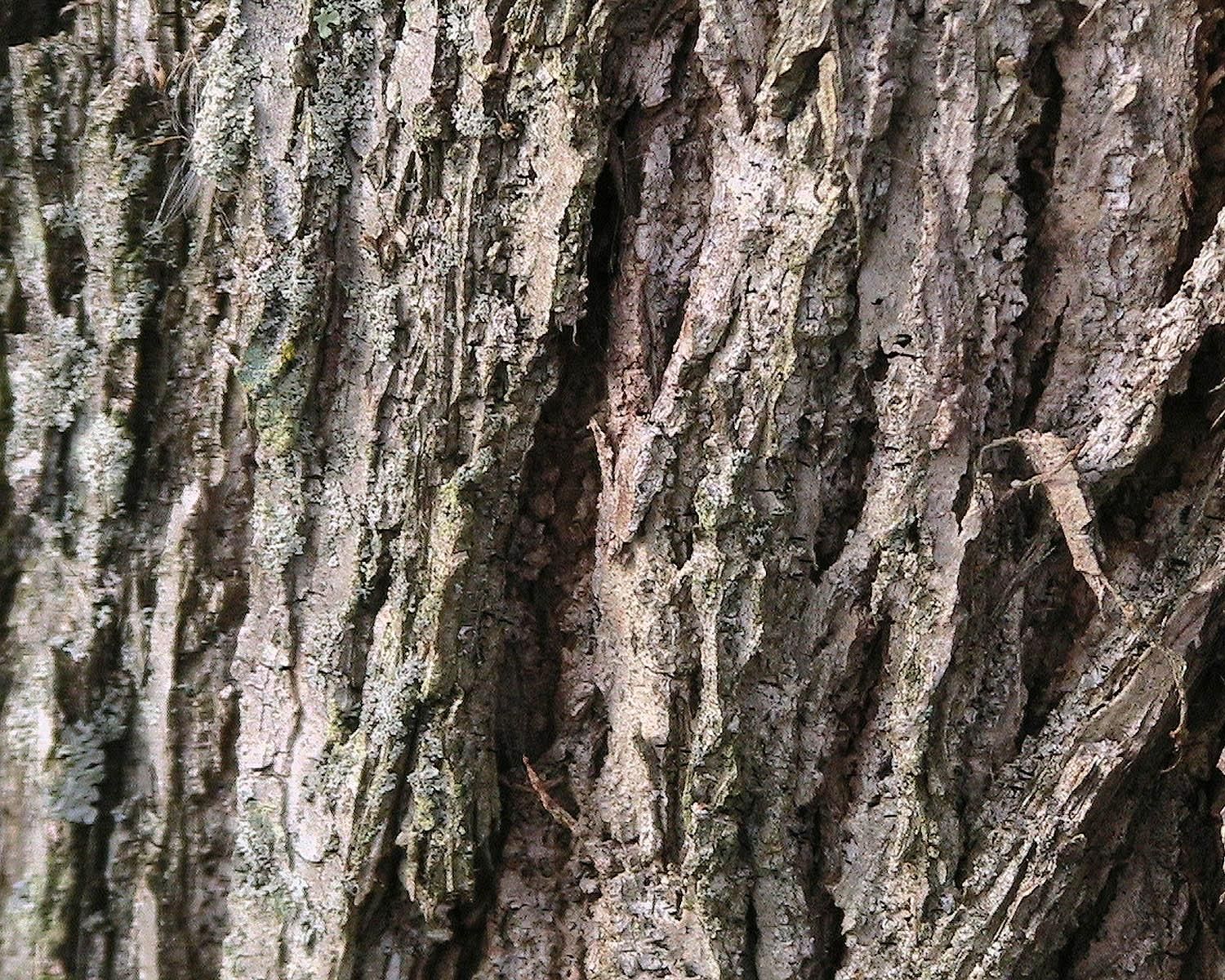
Free picture walnut, tree, bark
Combine melted chocolate and nuts in a medium bowl. Scrape the mixture onto the foil and spread it into an approximate 12-by-9-inch rectangle. Sprinkle with additional finely chopped nuts, if desired. Refrigerate until set, about 20 minutes. Transfer the bark and foil to a cutting board. Use a sharp knife to cut into 1 1/2-inch pieces.
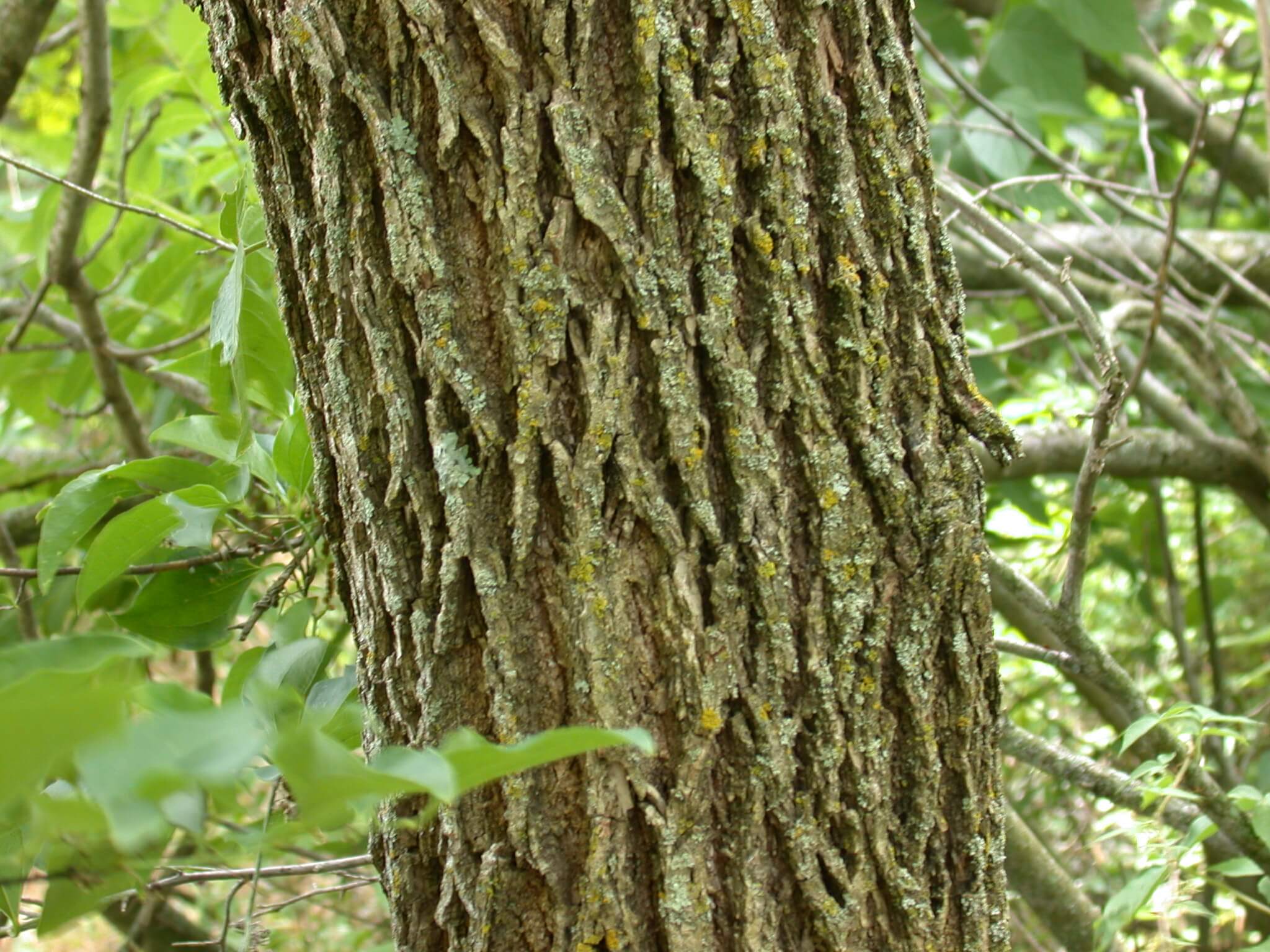
Walnut
2. Arizona Black Walnut (Juglans main) This one is comparatively small in comparison with the opposite walnuts with a max peak of 40-50ft and a selection of as much as 65ft. It's distinct for its tiny, earthy-tasting nuts. Its bark is deeply fissured, with gray-brown coloration, horizontal furrows, and flat ridges.
black walnut
Next, from the cut end, remove a 1″ (2.5 cm) section of bark. Put a 1-gallon (3.7 l) pot with potting soil beside the black walnut tree cutting. Firm the soil around the twig after planting the cutting about 5″ (13 cm) deep. A black walnut cutting should root in approximately four months.

Identifying Trees in Winter My Chicago Botanic Garden
Black walnut is native to much of the Eastern United States. C-Value: 5. Bark color and texture: The bark is medium brown and has thick, interfacing ridges. Leaf or needle arrangement, size, shape, texture, and color: Alternate, pinnately compound leaves with the terminal leaflet often missing. Leaves are 1 to 2 feet long.
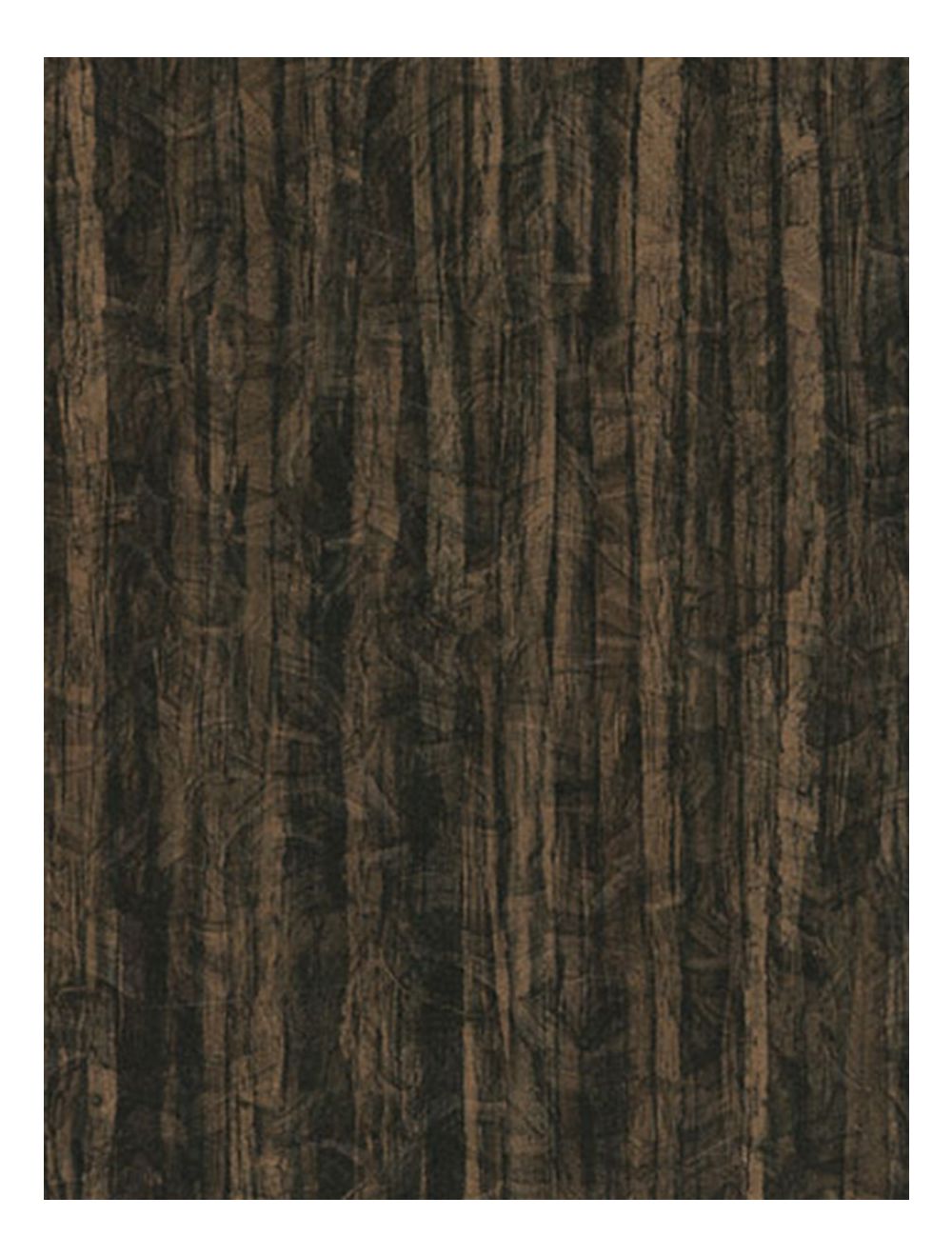
Walnut Bark
Directions. Preheat the oven to 350°. Spread the walnuts on a baking sheet and toast for 8 minutes, or until golden and fragrant. Let cool, then coarsely chop. Line a baking sheet with parchment.
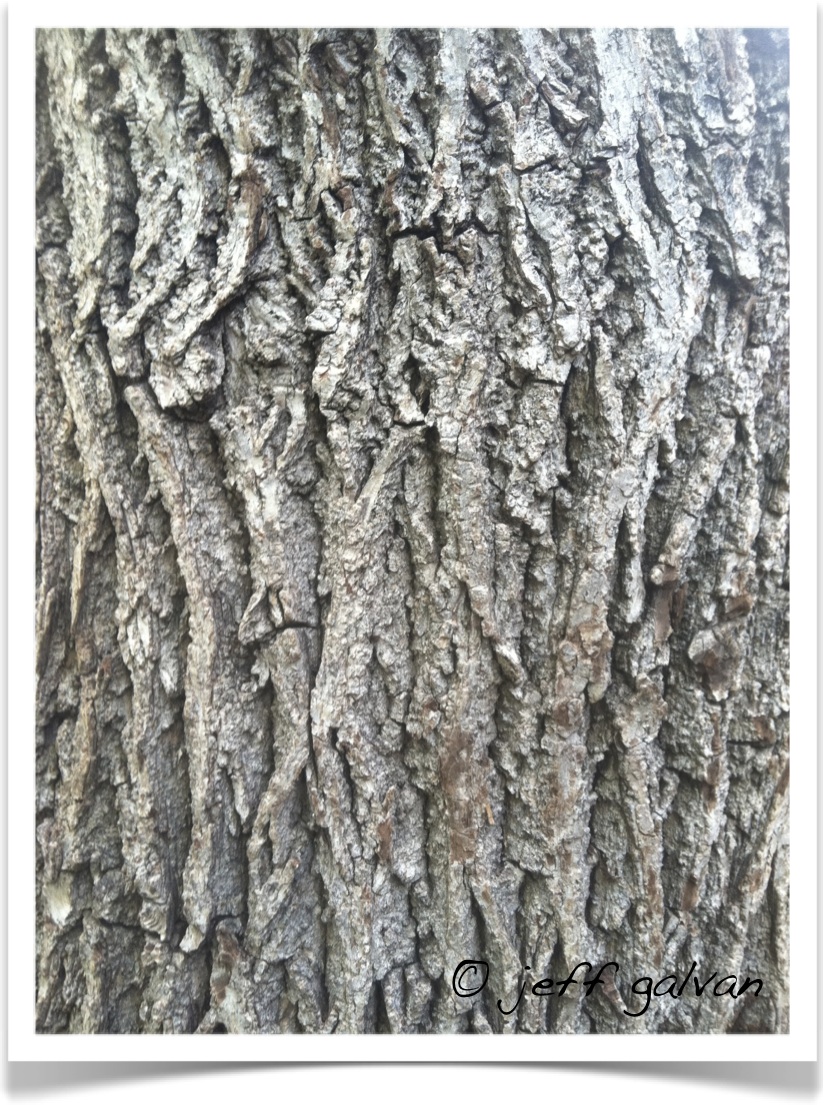
Black Walnut Identify by Bark Boulder Tree Care Pruning & Tree
The butternut tree is a small to medium deciduous tree that can grow up to 40-60 feet tall. The dark green leaves are covered in hairs and are arranged in leaflets that grow to around 10-20 inches long. The bark of the butternut is light gray color in contrast to the dark bark of its cousin the black walnut. The fruit of the butternut is longer.
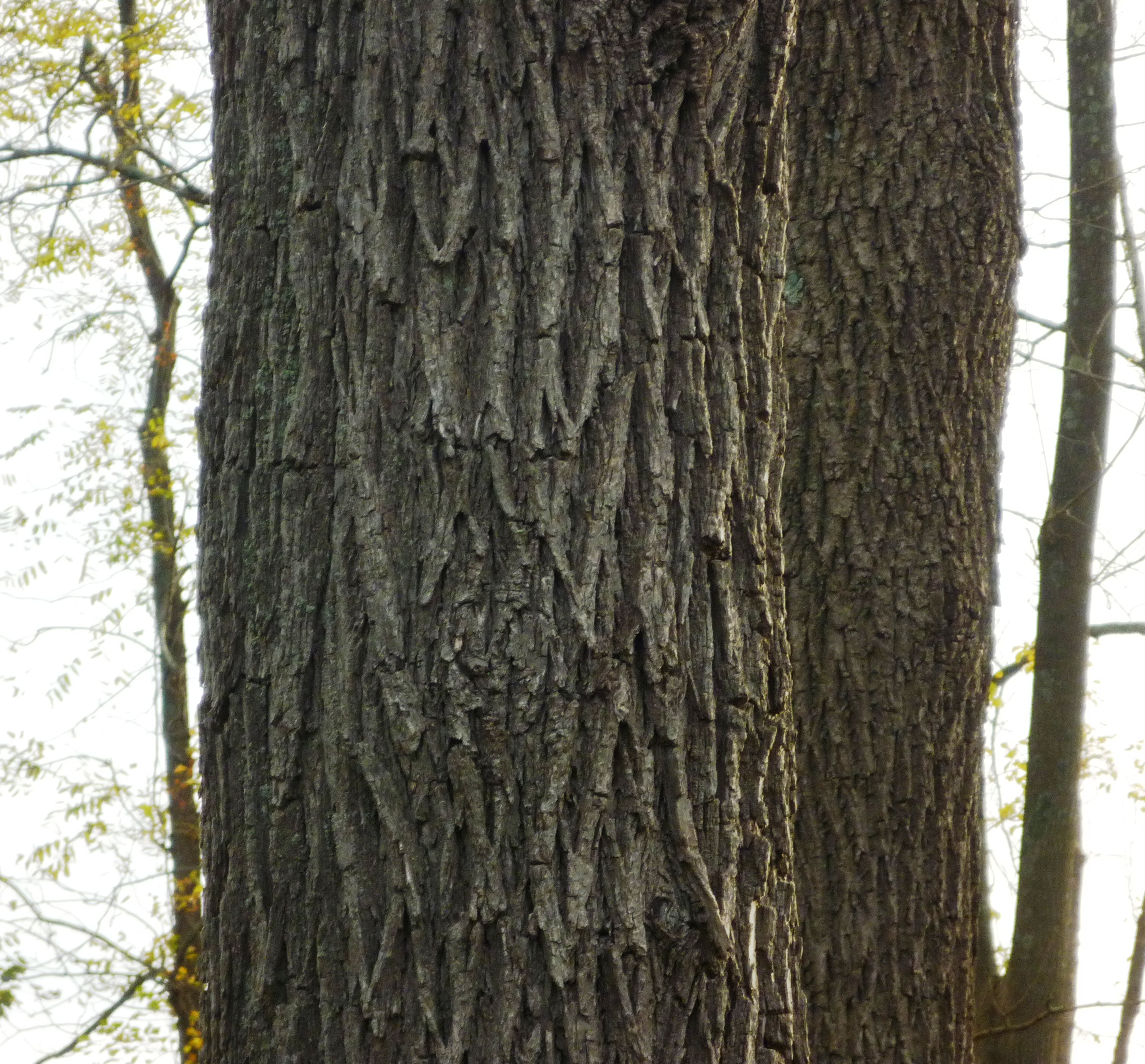
Harvest Black Walnuts in Connecticut Uconnladybug's Blog
Walnut trees are large deciduous trees with a rounded canopy of green, lush foliage. Most walnut trees have dark, ridged bark, pinnate feather-like leaves, and globular drupes that contain a nut. Walnut trees grow to between 33 and 131 ft. (10 - 40 m) tall, with a massive spread up to 50 ft. (15 m).